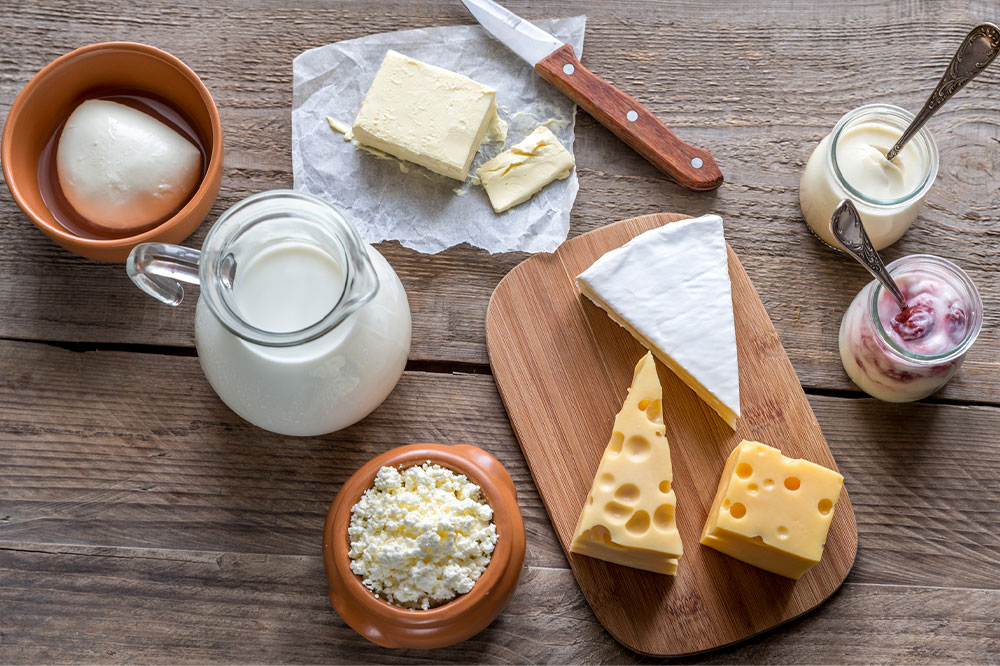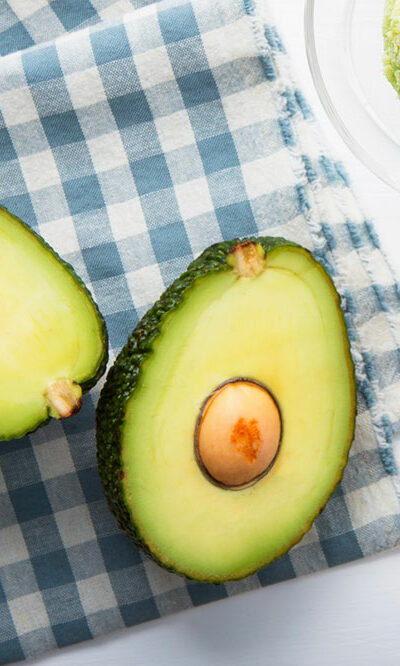Top 6 foods to avoid with eosinophilic esophagitis

Eosinophilic esophagitis (EoE) is a chronic inflammatory disorder that makes swallowing difficult and increases the probability of food getting stuck in the esophagus, the tube that transports food from the mouth to the stomach. The immune system can be triggered by foods, which cause inflammation in the esophagus and cause it to swell and narrow. Doctors advise identifying these triggering foods and avoiding them in meal plans. Here are a few foods to cut out:
Dairy products
Milk protein can cause an immune response, causing the body to produce an excess of eosinophils, a type of white blood cell. Cow’s milk is one of the most common causes of EoE. People with EoE may be sensitive to milk to varying degrees. Therefore, dairy products like butter, cheese, cream, half-and-half, and yogurt should be avoided.
Soy
Soy allergies are caused by a reaction to the proteins found in soybeans. Edamame (soybeans), tofu, tempeh, soy sauce, soymilk, and miso are some of the most popular soy-based foods. Soy is also an active ingredient in various processed foods, including vegetarian meat substitutes. And soybeans are a type of legume. So, if someone is allergic to soy, they may also be allergic to other legumes.
Wheat
EoE symptoms occur because of an allergic reaction to a protein found in wheat and wheat products. Wheat is a common ingredient in many foods, including bread, cereal, and baked goods. Therefore, one must avoid products containing hidden wheat components, such as hot dogs, ice cream, and beers.
Nuts
Along with peanuts, the elimination meal plan includes tree nuts like cashews, pecans, walnuts, almonds, Brazil nuts, hazelnuts, and pistachios. These nuts can, however, be gradually reintroduced into the meal plan with the doctor’s approval. Aside from nuts, edible seeds such as sesame, sunflower, and pumpkin seeds can be consumed.
Fish/shellfish
Fish and shellfish allergies, like other food allergies, are caused by specific proteins found in them. It is highly subjective because some people are allergic to both, while others are allergic to just one. While whole fish and shellfish are easy to avoid, other foods may contain the same elements in various forms. These foods include Worcestershire sauce, Caesar dressing, and a variety of Asian sauces.
Eggs
Children are more prone to egg allergies than adults. Cooking eggs can alter the protein content, causing reactions in some. For this reason, some individuals can consume baked egg products while avoiding omelets and scrambled eggs. Eggs are present in food items such as mayonnaise, hollandaise sauce, marshmallows, and dishes sprayed with egg wash, so one must avoid consuming these to avoid EoE triggers.
People with EoE can usually eat various foods, including sweet potatoes, quinoa, buckwheat, millet, fruits and vegetables, and meats like chicken and turkey.
Conclusion
Before making any purchases, individuals with EoE should carefully check the ingredients to ensure they don’t contain any allergens. It is recommended to read the warning and care labels on products. Allergen labeling regulations apply to all flavors, colors, and food additives. Anything that contains a serious food allergen should be avoided. As the FDA does not regulate food claims on the front of the packaging, it is best to exercise caution when consuming dairy-free products.







